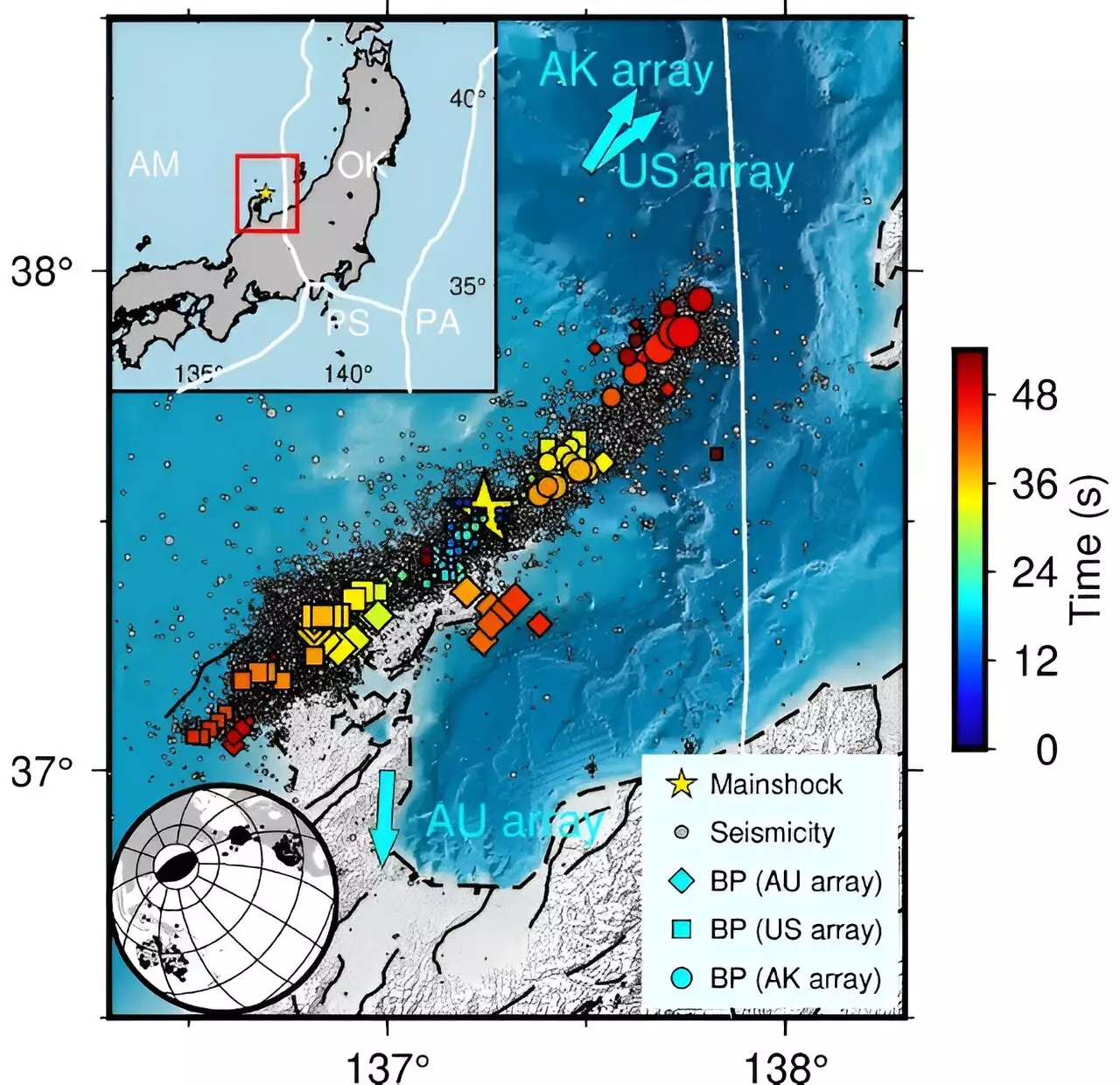Earthquakes are natural disasters that can cause widespread devastation and loss of life. The year 2024 started off with a tragic magnitude 7.5 earthquake beneath Japan’s Noto Peninsula on New Year’s Day. This event resulted in the loss of over 280 lives and significant damage to more than 83,000 homes. Geologists have since discovered that the earthquake initiated from two separate points on the fault line simultaneously, eventually breaking through a resistant area known as a barrier.
Fault barriers, also referred to as asperities, play a crucial role in earthquake genesis. These rough areas along fault lines absorb the energy of fault movement, preventing continuous and smooth movement. The Noto earthquake highlighted the impact of a barrier being ruptured due to intense pressure from both sides, leading to a powerful release of energy and substantial ground shaking. Studying the movements within the Earth during seismic swarms that precede earthquakes can provide valuable insights into fault barriers and improve seismic risk assessments.
Researchers from various countries, including the United States, France, China, and Japan, conducted a detailed analysis of geospatial data and seismic wave recordings to understand the relationship between smaller tremors and the larger earthquake that followed. They identified a previously unknown barrier in the region, which was crucial in understanding the seismic activity. The unexpected finding of a dual-initiation mechanism, where the earthquake began in two separate locations and converged at the barrier, was compared to bending a pencil on both ends until it snaps in the middle.
The ability to observe and analyze such complex seismic events was made possible by the availability of advanced seismic monitoring stations, GPS, and satellite radar data. The researchers were able to gain a better understanding of the fault and seismic activity by integrating multiple data sources. This level of detailed data collection is not common for most earthquakes, highlighting the potential for more discoveries in the future with improved imaging and resolution techniques.
Earthquakes that exhibit dual epicenters pose a higher risk for stronger shaking due to the increased movement involved. Understanding the conditions and probabilities of such events is crucial for developing effective mitigation strategies and improving earthquake forecasting. The complexity of earthquake initiation mechanisms underscores the need for continued research and monitoring to better prepare for large-scale seismic events.
The Noto earthquake of 2024 serves as a reminder of the unpredictable and devastating nature of seismic events. By studying the intricate details of fault barriers, dual-initiation mechanisms, and seismic swarms, researchers can enhance their understanding of earthquake genesis and improve the accuracy of seismic risk assessments. The collaboration of international research teams and the utilization of advanced technologies are essential in unraveling the complexities of earthquakes and mitigating their impact on vulnerable communities.


Leave a Reply